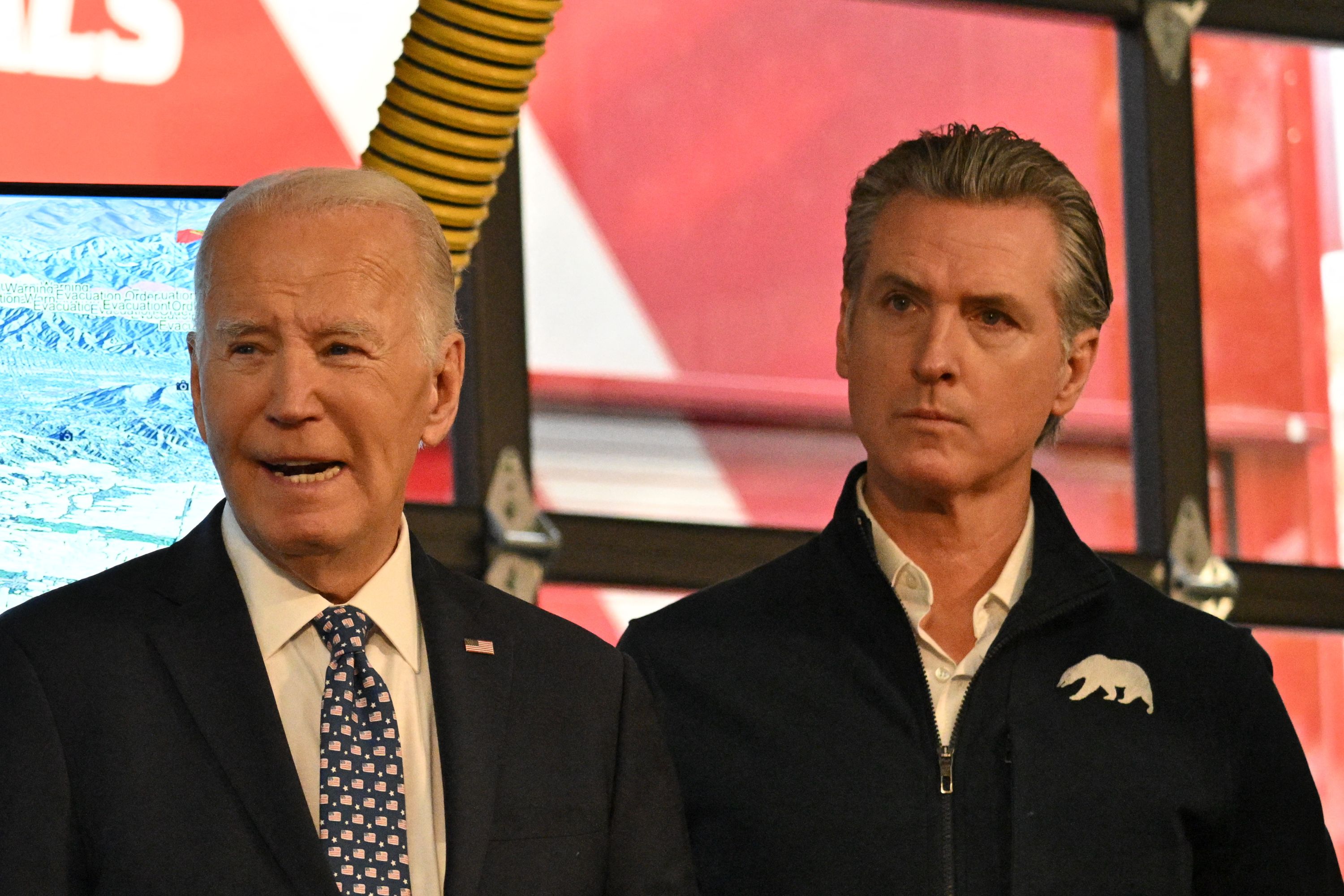Before awards season gets its annual wrap with the Oscars, the Sundance Film Festival ushers in a new year of movies every January, although it is increasingly less like the tastemaker it once was. What was once the touchstone of discovery that launched the independent film boom of the ’90s now exists more as an aspiration than an actual event, where the number of submissions seems much more impressive than the tiny fraction that ultimately get curated. The upcoming 2025 festival had 15,775 submissions, 4,138 being feature-length, and it would not be a stretch to assume that a significant sum of these films are ones making a Hail Mary pass at a festival run. While the mythic image of Sundance is that of unknowns like Steven Soderbergh or Quentin Tarantino bursting into the limelight, there’s little chance that will happen again. The market has changed, and so have tastes. But if Sundance is unwilling or unable to adapt, there are other places to look to find the best emerging talent in American cinema.
Part of this landscape change has been because of COVID forcing major fests to implement extensive at-home viewing options that many (like Sundance) still retain, which can reduce the aura of the actual on-the-ground event. But more importantly, Hollywood has been changing how it interacts with the independent film industry ever since streaming became hegemonic in the 2010s. To put it simply: films don’t sell at festivals anymore, at least not how they used to. COVID collapsing ticket sales was a nail in the coffin of an already endemic issue. Films platforming at Park City can still make modest returns, albeit with their documentary market in shambles and eight-figure box office breakouts like Whiplash or Manchester By The Sea seeming to be a thing of the past.
That is not to say it’s impossible for artistic breakouts to still happen. While by no means an unknown in festival circles, Jane Schoenbrun had their debut to a broader moviegoing public with A24 by premiering I Saw The TV Glow in Sundance’s Midnight series. The film’s life cycle would not be conventionally considered a financial success—grossing just over $5 million against its $10 million budget—but these numbers don’t account for possible streaming returns, and definitely understates just how well the film has found its audience. Looking at Letterboxd’s data from 2024 (a bit of unconventional analysis—but the audience of the app and the film both skew younger and cinephilic), I Saw The TV Glow sits as the 17th most popular film from this year, sandwiched between Paramount’s Gladiator II and DreamWorks’ The Wild Robot, which have each easily surpassed $300 million globally. This bodes well both for I Saw The TV Glow’s shelf life and for A24’s longer-term investment in Schoenbrun as an artist. In a world where festivals are no longer jubilees of film sales, places like Sundance can still act as launching pads for the bigger companies.
There still is some room for the genuine discoveries, though: India Donaldson’s directorial debut Good One (and its star Lily Collias) is a prime example of why festivals are so important in the indie environment and good programming is paramount. Good One has a deceptively simple setup—a 17-year-old girl goes on a backpacking trip with her dad and his old friend—yet it is a quietly major work whose brilliance lies in its breathing space, all the observational bits between the lines. It’s no wonder that, of 2024’s Sundance competition, Good One was the only film to make the jump over to Cannes’ Directors’ Fortnight, which has become a proving ground for a new wave of American independent cinema.
In 2022, the Society of Film Directors—the organization which launched Directors’ Fortnight back in 1968—selected seasoned distributor Julien Rejl as the sidebar’s new artistic director, with his inaugural lineup playing at the 2023 Cannes Film Festival. That year, he highlighted the three films playing in the selection from the U.S.: Riddle Of Fire, punk rock picaresque The Sweet East (Sean Price Williams’ directorial debut), and Joanna Arnow’s uncomfortably personal and hilariously idiosyncratic first feature That Feeling That The Time For Doing Something Has Passed, which took until this summer to make it to theaters. Rejl said he wanted to “set the mood and perhaps provide encouragement to an under-the-radar American independent scene.” The mood was indeed set, and Rejl’s sophomore lineup in 2024 solidified that there is a new undercurrent running through American indies.
In 2024, Good One was one of four American films playing at Directors’ Fortnight, with the other three being Ryan J. Sloan’s self-financed 16mm thriller Gazer, Tyler Taormina’s quintessential and ethereal Christmas Eve In Miller’s Point, and the debut of another DP-turned-director like Williams (Taormina’s DP, in fact): Carson Lund’s somber and sardonic baseball eulogy Eephus. While these films take on styles as singular as their makers, they are indicative of trends of aesthetic proficiency—the kind most associated with the “cool” factor of A24 in the 2010s—but away from the flashier or technically fetishistic inclinations of the likes of Ari Aster or Robert Eggers.
The 16mm breakouts of Robert Rodriguez and Kevin Smith feel like ancient history at this point, and even the textured digital aesthetics of the mumblecore 2000s and the prosumer-grade stuff that followed well into the 2010s feel bygone. 2024 seems like a neat place to cap off the late-millennial era of American indie film; this year gave us a masterful coda about the fraught process of making a film with next to no money and your friends as the cast and crew—all during the days of newly accessible high-quality digital cameras and IndieGoGo budgets. A perfect way to track this change is through Zia Anger’s My First Film, a metatextual work born out of a failed DIY feature from the early 2010s, which Anger initially adapted into a live performance piece. The film version dives through memories of a project that’s only gotten more cheesy and pretentious with hindsight, with actors playing lightly fictionalized versions of Anger and her crew’s younger selves to recreate the painful production. Anger’s completion of a personal project she set out on over a decade ago can also, in a way, act as an epilogue to that era of indie cinema altogether, with one door closing and another opening.
There is an out-of-placeness and out-of-timeness to these newer works, not so immediately classifiable or ready to have their centered shots reduced to eye-catching square frames on social media feeds as the films of Eggers or Aster. Christmas Eve In Miller’s Point sets itself in the 2000s on Long Island yet, as Scott Macaulay of Filmmaker Magazine describes it, the design of the film suggests “a kind of American ur-Christmas.” Eephus is equally as dreamy despite its initial grounded setting—a local baseball field on the last day the club teams get to play it before it’s redeveloped—although the maddening march of the game begins to make the film border on surreal.
These films feel like they’re from a whole different machine than the industry that makes its home at Sundance and, to an extent, they are (“independent” is in the name, right?). Just as Good One’s Cannes placement marked it as a movie of a certain emerging taste, it was also the first movie picked up by the tastemaking New York City theater Metrograph, which has started to expand into distribution. A few months later, Metrograph acquired Gazer as well. While the profitability of this new crop of films isn’t yet known (at least, not to the public), they are, like A24 betting on Schoenbrun, part of a longer-term investment in the artistry of American independent cinema, one that’s been changing in a way that an institution the size and scale of Sundance can’t adapt to wholesale. It’s up to other groups to pick up the slack, like Slamdance did back in the ’90s, SXSW did in the ’00s, and like Cannes is now.
Cannes is becoming a central indicator for these shifts, but back stateside there is a healthy network of smaller festivals that are serving both their regions and acting as a draw to the wider film world. Good One could be caught at Oak Cliff Film Festival in Dallas, Gazer and Eephus played at New/Next Film Festival in Baltimore. The latter could also be seen with Christmas Eve In Miller’s Point at Orcas Island Film Festival between Seattle and Vancouver, where the pair played alongside Palme d’Or competing heavy-hitters Caught by the Tides, Grant Tour, and All We Imagine As Light. While Sundance is gearing up for its penultimate event in Park City, American independent film has already spread its wings out of that expensive little mountain town.
The Directors’ Fortnight finds of today—the Arnows, the Donaldsons, the Lunds, the Taorminas—could all become staples on even bigger stages in the indie industry, but it seems unlikely that any of them would follow the direct path of their immediate breakout predecessors of the decade before, who largely (unfortunately) were willing to abandon their interesting practices in favor of Disney checks. That’s partially because that window, too, is closing, with superheroes and live-action remakes being less hegemonic at the box office. But these filmmakers wouldn’t fit as naturally there either. Their films aren’t just dressed up with aesthetics, but brought to life entirely by the craft of their form. These filmmakers and their works are too far away from convention, and they push boundaries too far to be considered for rubber-stamp duties on a Marvel TV show. And yet, this doesn’t make this new wave of films obtuse. Despite being fresh works in how they play with the language of cinema, these new indies are very watchable movies, ones meant to be seen and shared and enjoyed more broadly, not just talked about endlessly on online platforms. In a decade that is so far being decried as yet another 10 years of “the death of cinema,” some smart programmers have found that, even in a country whose largest film industry seems dead-set on gutting itself, there’s some fresh-as-ever work coming from the underdogs.




















 English (US) ·
English (US) ·